Gan Kim Yong: Rise in PRs and citizenships reflects national needs, not policy shift
Gan Kim Yong told Parliament that the increase in citizenship and PR grants in 2024 reflects national needs and the strength of the applicant pool, rather than a change in immigration policy. He said immigration continues to be managed at a measured pace, with intake adjusted based on demographic trends and sectoral requirements.
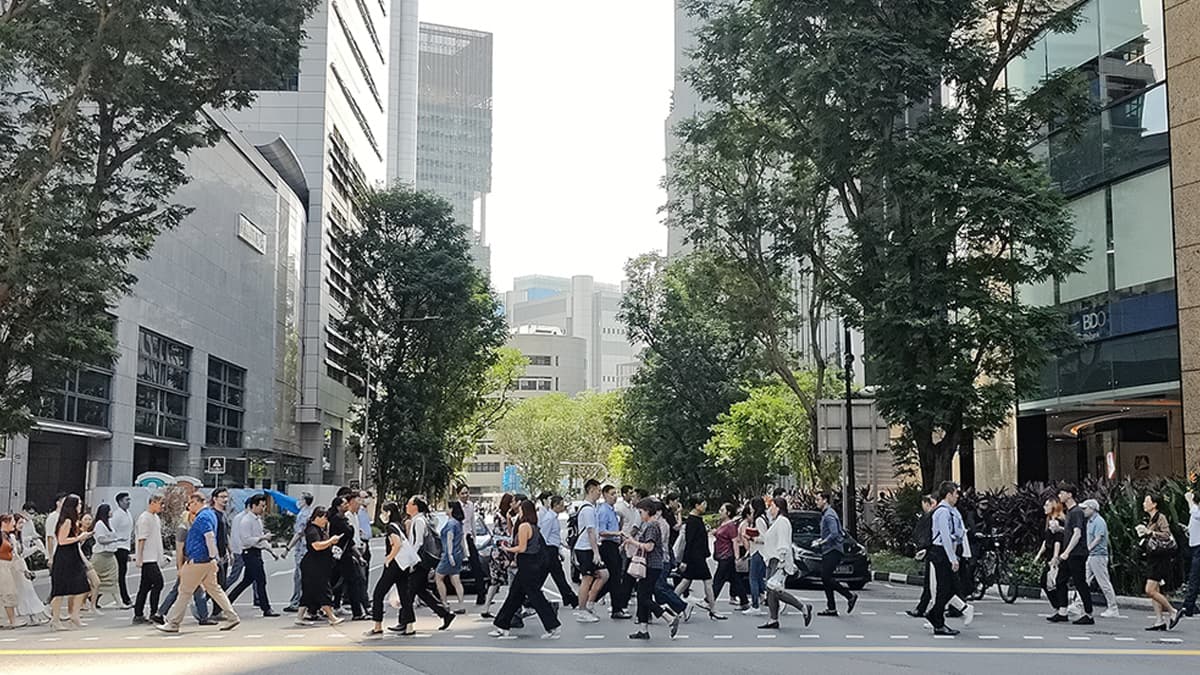
In a written response to a parliamentary question on 15 October 2025, Minister for Trade and Industry Gan Kim Yong clarified that the recent increase in citizenship and permanent residency (PR) grants reflects sectoral needs and a stronger applicant pool, rather than a fundamental change in Singapore’s immigration approach.
He was replying on behalf of the Prime Minister to a question from He Ting Ru, Workers’ Party Member of Parliament for Sengkang GRC. She had asked why the number of new citizenships and PRs granted in 2024 was significantly higher than the average over the past five years, and whether this pointed to a longer-term trend of increased immigration.
Gan stated that while 2024 saw a higher number of grants, the Government continues to manage immigration at a “measured pace”.
He explained that factors such as the quality of applications and evolving national needs — including in healthcare — contributed to the increase. More citizenships were also granted in line with a stronger applicant pool, assessed on criteria such as assimilability, contributions, and family ties in Singapore.
“Our immigration policy is also reviewed regularly to account for changes to demographic trends,” Gan added. “For instance, if our TFR declines further or other demographic trends shift significantly – we will have to review and adjust our intake accordingly.”
He reiterated the Government’s approach remains cautious and deliberate: “We will be careful to grant PR or citizenship to those who can contribute, integrate well, and are committed to sinking their roots here, so that Singapore remains a cohesive society and a good home for all Singaporeans.”
Record numbers, but no change in direction
According to the Population in Brief 2025 report released on 29 September, 22,766 individuals were granted Singapore citizenship in 2024 — the highest number recorded to date. In the same year, 35,264 individuals were granted PR status, the largest annual total since 2010.
These grants contributed to a 1.2 per cent rise in Singapore’s total population, which reached 6.11 million as of June 2025. The resident population, comprising citizens and PRs, rose modestly from 4.18 million to 4.20 million, while the non-resident population grew by 2.7 per cent to 1.91 million.
Singapore’s total fertility rate (TFR) remained low at 0.97 in 2024, well below the replacement level of 2.1. There were 29,237 citizen births that year — a 1.2 per cent increase from 2023.
However, the average number of births from 2020 to 2024 remained lower than the previous five-year period. The median age of citizen mothers at first birth also continued to rise, reaching 31.6 years in 2024.
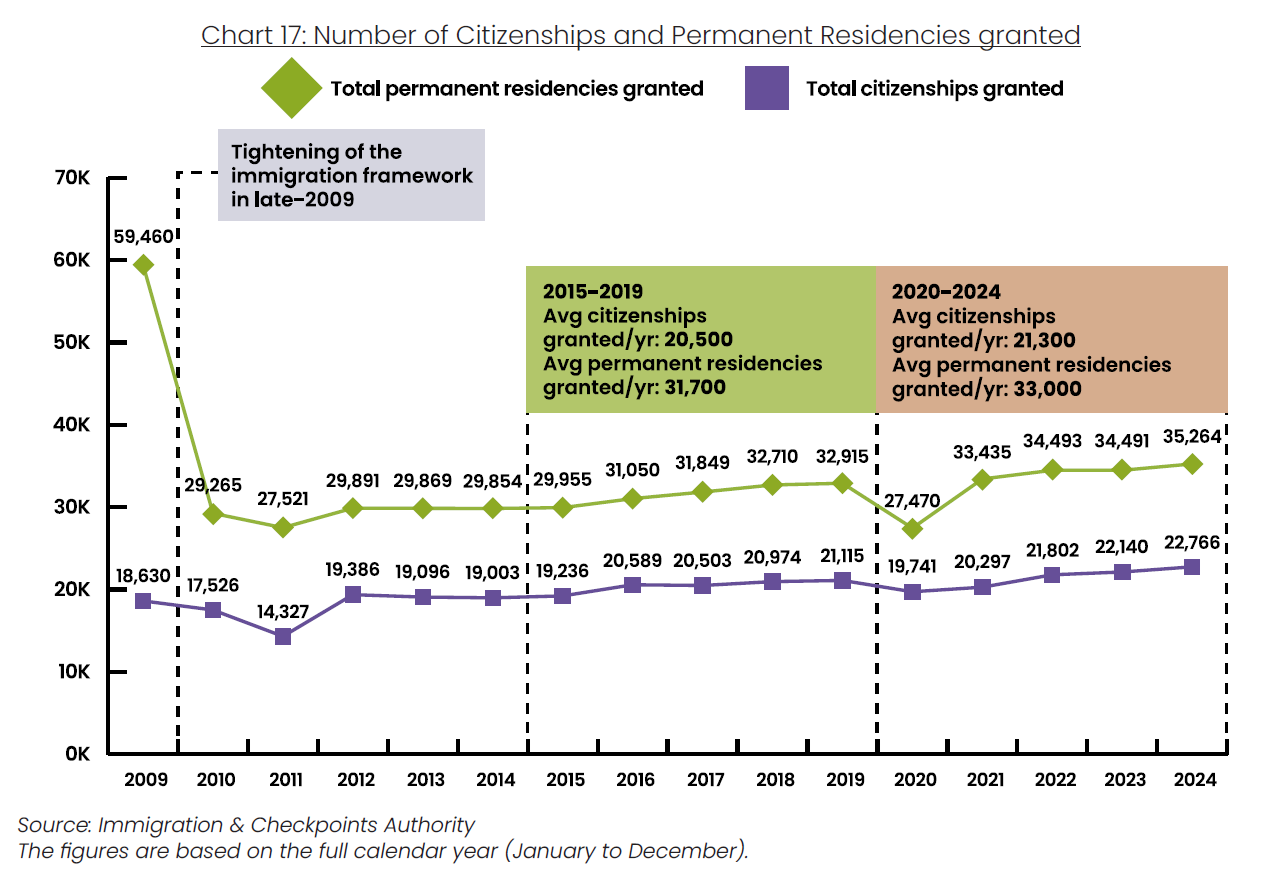
Within the 6.9 million planning parameter
The 6.9 million figure was introduced in the 2013 Population White Paper as a planning parameter for the 2030s. While controversial at the time, the Government has consistently stated that it is not a population target, but a reference point for long-term infrastructure and resource planning.
At the 2023 Committee of Supply debate, Minister in the Prime Minister’s Office Indranee Rajah said that the population was likely to remain “significantly below” 6.9 million by 2030. However, she added that the figure remained relevant as a planning parameter, given the need to prepare for different possible demographic outcomes.
Gan Kim Yong’s response on 15 October aligns with this view. He stated that the recent rise in citizenship and PR numbers does not indicate a deliberate shift in immigration or population policy, and that population intake continues to be guided by demographic needs and applicant quality.
Growth driven by non-resident segment
Much of the 2025 population growth came from the non-resident population, which increased by 2.7 per cent to 1.91 million. This segment includes foreign workers across all pass types, dependants, domestic workers, and international students.
Work Permit holders, particularly in the construction sector, made up the largest share of this increase. Their presence supports major projects such as Changi Airport Terminal 5 and expanded public housing initiatives.
Despite the high inflow of new citizens and PRs, the resident population (citizens and PRs) rose only modestly from 4.18 million in 2024 to 4.20 million in 2025, partly due to the exclusion of citizens who have lived abroad for over 12 months.


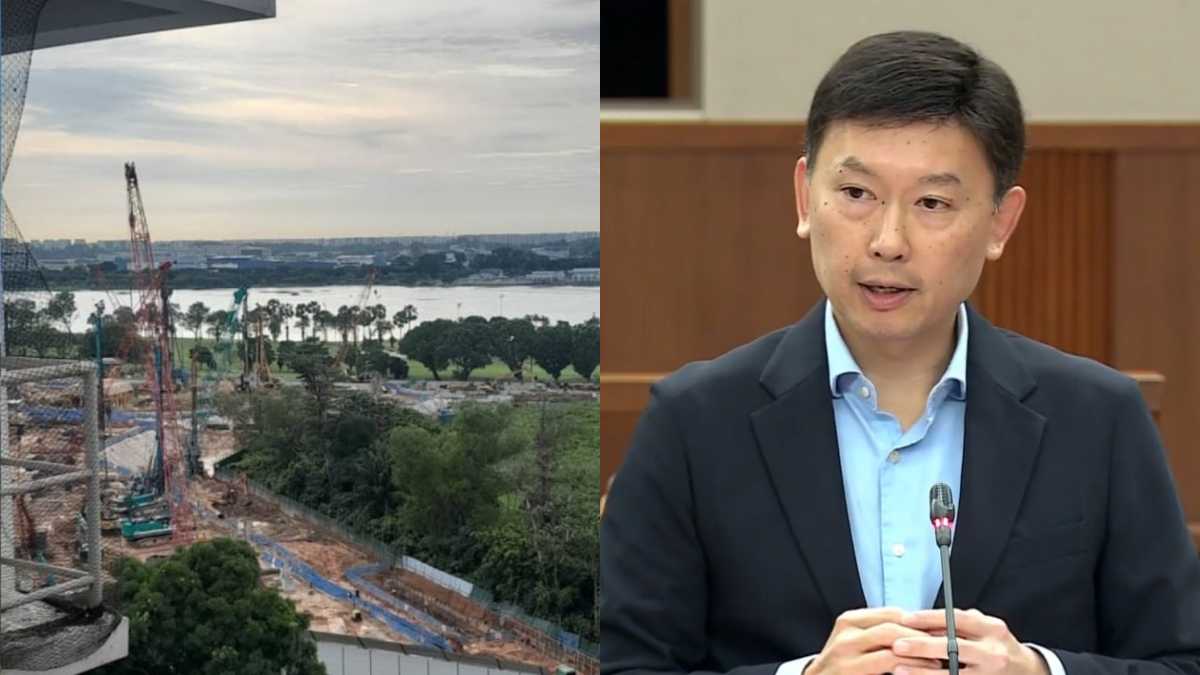

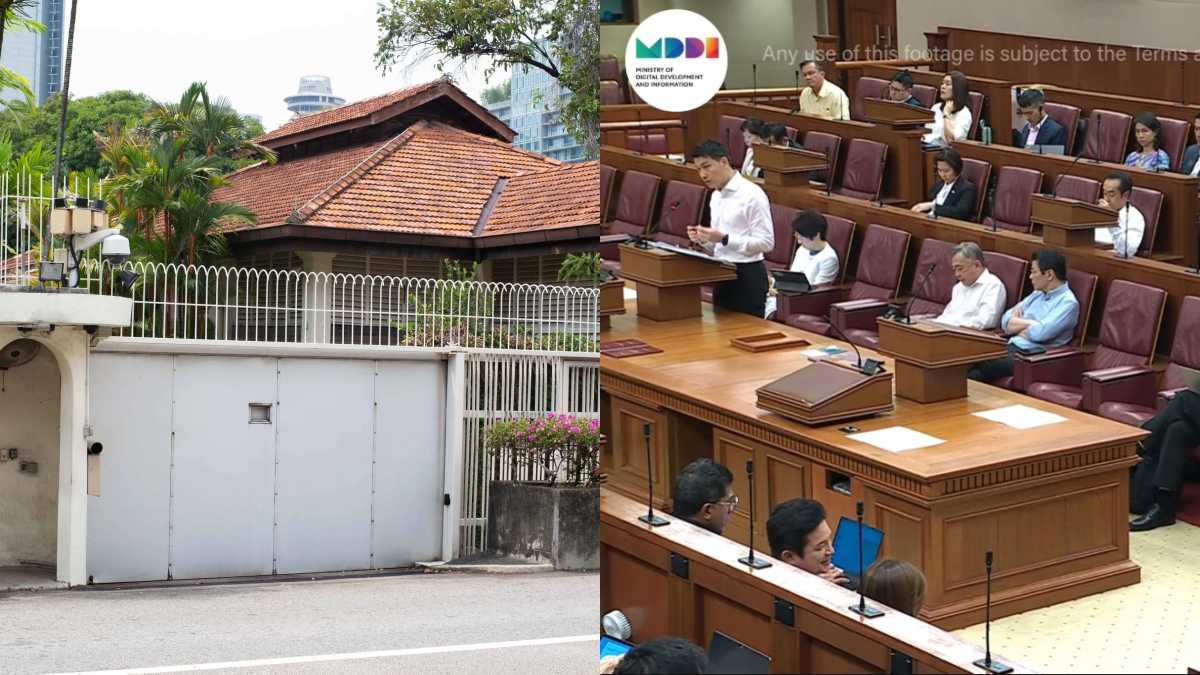
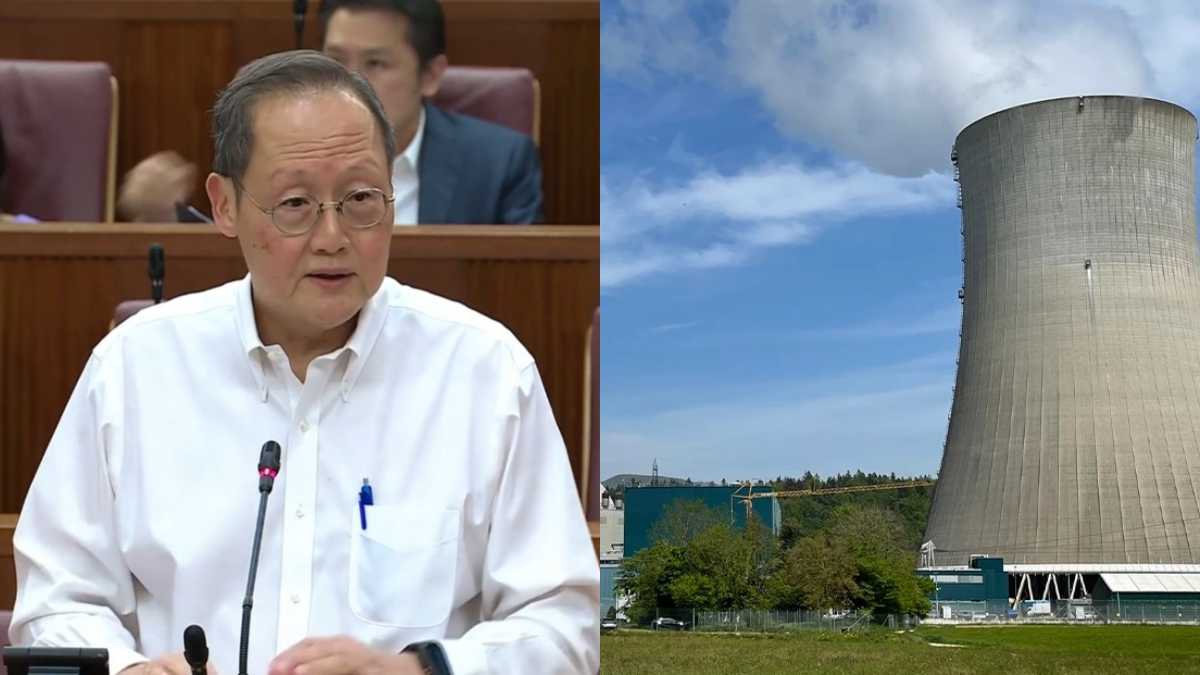
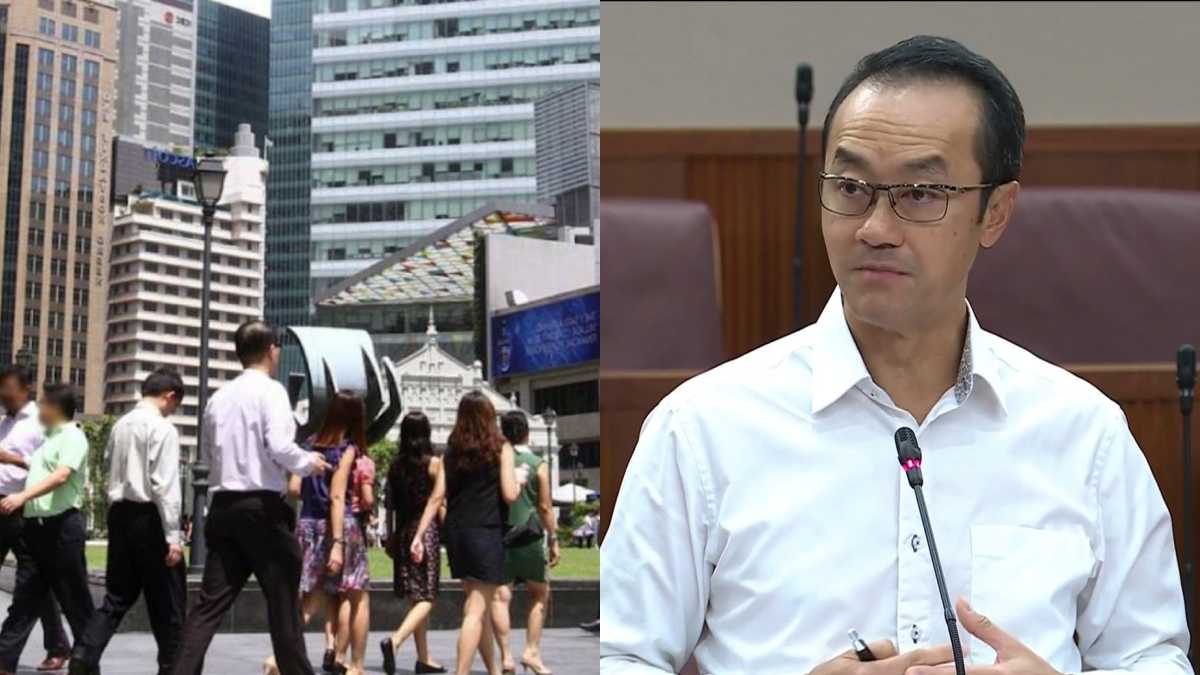
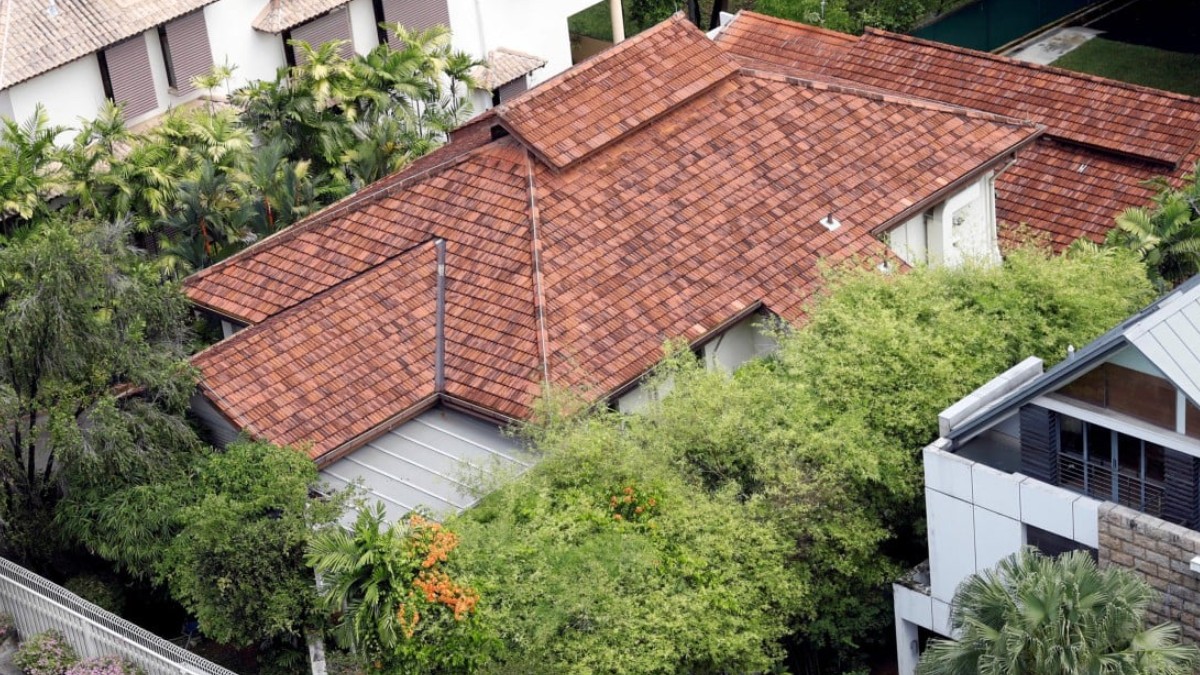
0 Comments